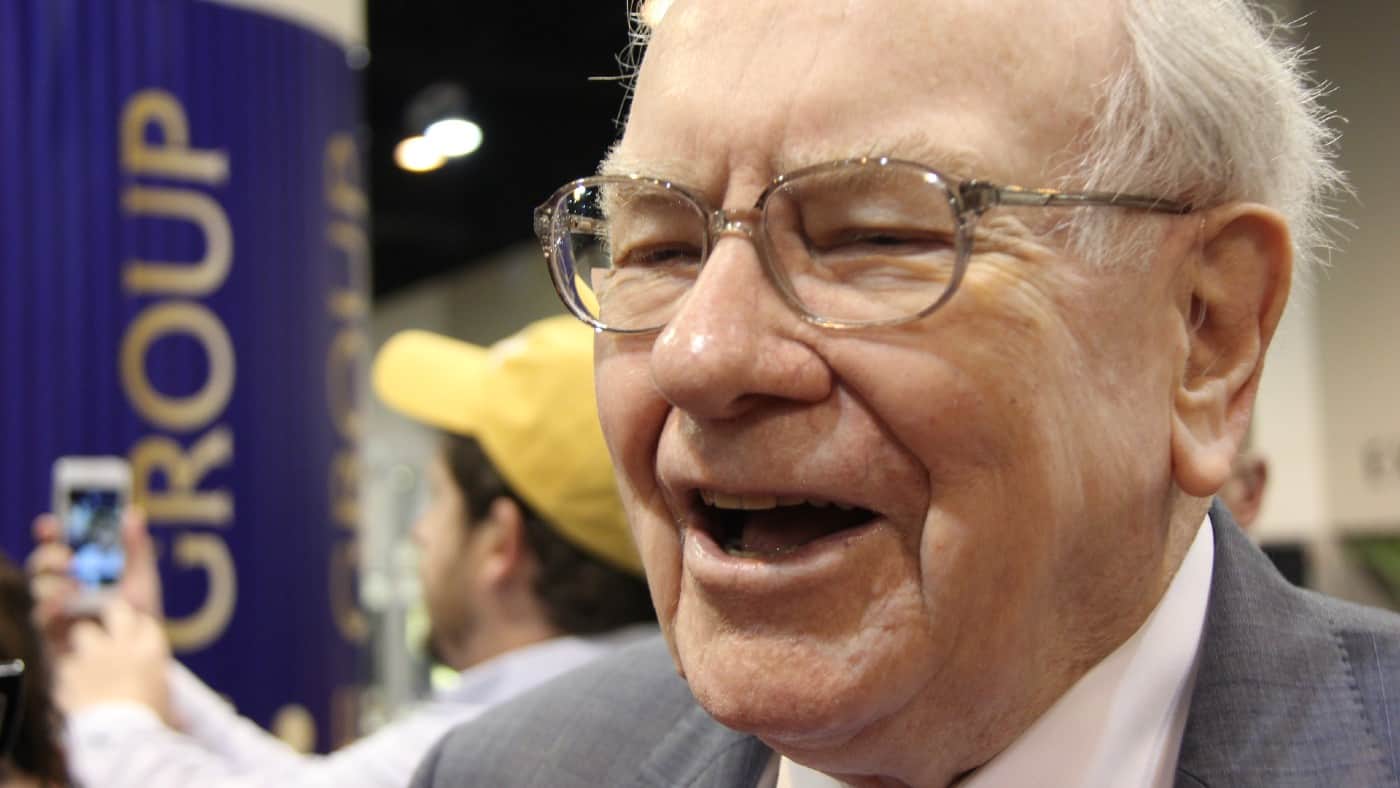Most people want a large pension, but many don’t take steps to help them achieve that objective. Looking at the career of legendary investor Warren Buffett, I have learnt a few lessons I think can help me retire with a larger pension. Here are four of them.
Starting with the end in sight
Some people put money into their pensions without a clear sense of what their investment objectives are. But over a long time frame, that can make a big difference. For example, if one takes an 8%+ yielding income share, over 30 or 40 years it could produce a lot of income if the dividend is sustained. But it may not produce much capital growth. Over that period, by contrast, a growth share could potentially have massive returns. Then again, it may not – and have no dividend income to boot. Neither is guaranteed but the point is this: the longer the timeframe, the bigger the difference to the timing and perhaps size of one’s investment returns investing for growth or income will make. So, when planning for a retirement decades ahead, knowing what one’s investment objectives are can matter a lot.
Warren Buffett invests knowing exactly what he is looking for. For example, one of the reasons he likes the insurance industry so much is that it can provide capital or “float” to fund other investments. Clarifying what one’s objectives are leads to a more disciplined approach to investing choices. Over time, if I choose the right strategy, I would expect that to lead me to having a larger pension.
Passive income stocks: our picks
Do you like the idea of dividend income?
The prospect of investing in a company just once, then sitting back and watching as it potentially pays a dividend out over and over?
If you’re excited by the thought of regular passive income payments, as well as the potential for significant growth on your initial investment…
Then we think you’ll want to see this report inside Motley Fool Share Advisor — ‘5 Essential Stocks For Passive Income Seekers’.
What’s more, today we’re giving away one of these stock picks, absolutely free!
Warren Buffett sticks to his knitting
A lot of people end up feeling that they have less time to plan their retirement funding than they would really like to have. That can lead to them making costly mistakes, such as investing in highly speculative investments because they reckon they can offer excellent returns in a short amount of time.
By contrast, Buffett is very clear about what he knows and what he does not know. He repeatedly emphasises the value to an investor of sticking to his circle of competence. It doesn’t matter how wide or narrow one’s circle of competence is – the key point is that one ought to stay inside it. The reason Buffett emphasises this is that inside one’s circle of competence, one is more likely to have the knowledge and analytical tools to assess shares accurately. As one strays from it, there is a risk that what looks like good value is in fact poor value, but one simply lacks the knowledge to see that.
Buffett has become one of the world’s richest men by staying inside his circle of competence when making investment decisions. I think the same approach can help me avoid costly mistakes in my retirement planning, and so accrue a larger pension.
The compound value of time
One approach to investing is to try and time the market. Many shares move up and down a fair bit in the course of a year. So, if I could buy them at their low point and later sell them at the high point, I could often make a substantial profit.
The problem with that kind of approach is that it is very difficult for most people to time markets with any accuracy. The whole idea of a market rests on matching buyers and sellers. If it was obvious when the low point for a share was, for example, then there would typically be few sellers but many buyers.
That helps explain why Buffett does not bother trying to time markets, by and large. Instead, he focusses on trying to find great companies which are selling at good prices. In Buffett’s thinking, if a company is really of high quality, then over time that will show and the investment will hopefully be profitable, whether or not one bought it at the absolute bottom. That is why Buffett says that in the short term, the market is a voting machine, but in the long term, it is a weighing machine.
I think that same thinking applies to helping me retire with a larger pension. Time has a compound value – the longer I hold a good investment, the better the rewards are likely to be. So, the sooner I start, the better. Applying Warren Buffett’s thinking, the time to start planning for a rich retirement is today, no matter what age one is.
Buying to hold but being willing to sell
Buffett has famously said that his preferred holding time for a share is “forever”. In other words, if one buys into a company with a defensible moat and strong business model, it ought to be able to do well indefinitely – so why sell?
But although he says that, in practice Buffett does sell some shares. For example, Apple is by far his largest holding – but he has sold some of it to trim the holding size. I think that encapsulates a useful lesson which can help increase the size of my pension. Following Buffett, I ought to look for shares I can see as parts of a great business. If it is a great business with rosy prospects for years or even decades into the future, there is no particular reason why I would look to part with such a potentially lucrative asset. So, when buying, the question I ought to ask myself as an investor and not a trader is “would I be happy holding this share indefinitely?”
But while that may be a useful mental model for me to apply in selecting shares for my portfolio, it is not necessarily the way I would actually manage it. Like Buffett, I would keep an eye on performance and the wider business outlook. If I think a company no longer has the compelling financial future I once foresaw for it, for any reason, I ought at least to consider selling it.








